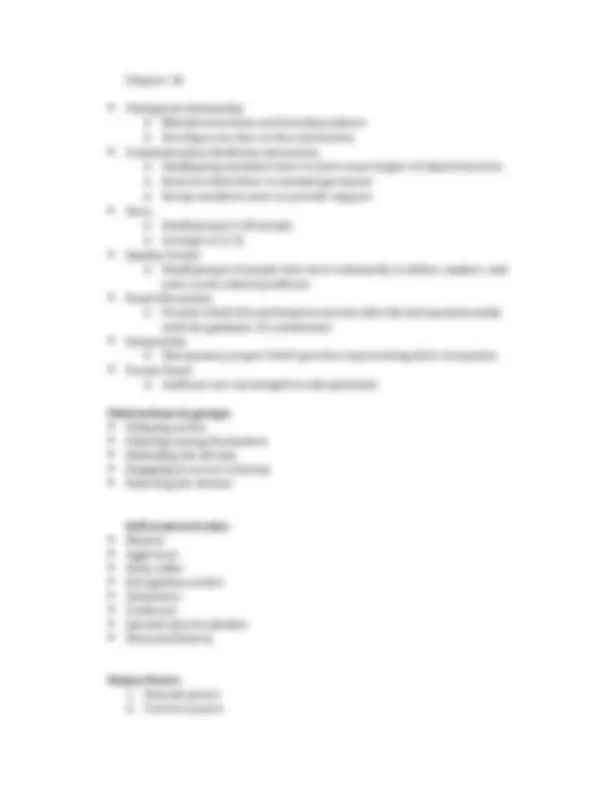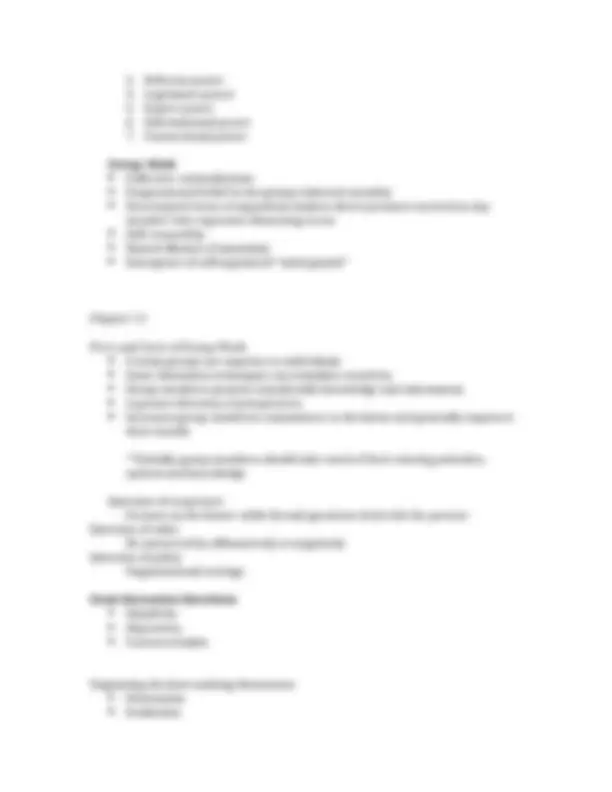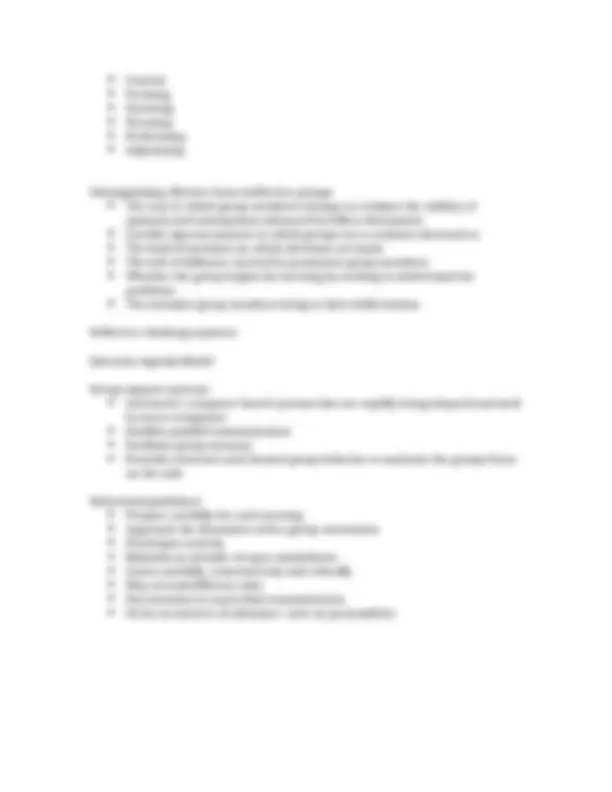






Study with the several resources on Docsity

Earn points by helping other students or get them with a premium plan


Prepare for your exams
Study with the several resources on Docsity

Earn points to download
Earn points by helping other students or get them with a premium plan
Community
Ask the community for help and clear up your study doubts
Discover the best universities in your country according to Docsity users
Free resources
Download our free guides on studying techniques, anxiety management strategies, and thesis advice from Docsity tutors
Suggestions for effective communication, including active voice, varying sentence length, and proper use of reflexive pronouns. It also discusses different communication styles, group dynamics, and the benefits and drawbacks of group work. Additionally, it covers the importance of preparation and planning for successful meetings.
Typology: Study notes
1 / 8

This page cannot be seen from the preview
Don't miss anything!





Quick Ch4 Notes- Bypassing-terminal/terminal Allness- steems form “is” Suggestions for composition -Use active voice -Vary sentence length -Delete words, sentences, and phrases that do not add to your meaning -Use a conversational tone -Keep ideas parallel Suggestions for words and phrasing
Challenging integrity The brush off **Minimize negativity and negative words and phrases and swearing Supportive behaviors Descriptive behavior Problem-oriented behavior Spontaneous behavior Empathetic behavior Egalitarian behavior o Produces defenses Provisional behavior
Control Forming Storming Norming Performing Adjourning Distinguishing effective form ineffective groups The way in which group members attempt to evaluate the validity of opinions and assumptions advanced by fellow discussants Careful, rigorous manner in which groups try to evaluate alternatives The kind of premises on which decisions are made The soft of influence exerted by prominent group members Whether the group begins the meeting by seeking to understand the problems The attitudes group members bring to their deliberations Reflective-thinking sequence Question-Agenda Model Group support systems Interactive, computer-based systems that are rapidly being adopted and used by more companies Enables parallel communication Facilitate group memory Provides structure and channel group behavior to maintain the groups focus on the task Behavioral guidelines Prepare carefully for each meeting Approach the discussion with a group orientation Participate actively Maintain an attitude of open-mindedness Listen carefully, constructively and critically Play several different roles Pay attention to nonverbal communication Focus on matters of substance- note on personalities
Consensus Group ratings or rankings Process of elimination Majority vote Laissez-faire o Leader let’s everything just plays out. No role in the meeting Pages 534- Motives- Physiological needs Safety Love and belonging Esteem Self-actualization ** Maslow’s hierarchy of needs McClelland: Need for achievement Need for power Need for affiliation How to establish creditability: Establish common ground with the audience Build trust Reinforce status Support your views with evidence Strive for good delivery Use presentational aids Appeal to their emotions o With language, stories, illustration Arguments Know both sides of the argument
Present supporting evidence first Establish common ground before voicing disagreement